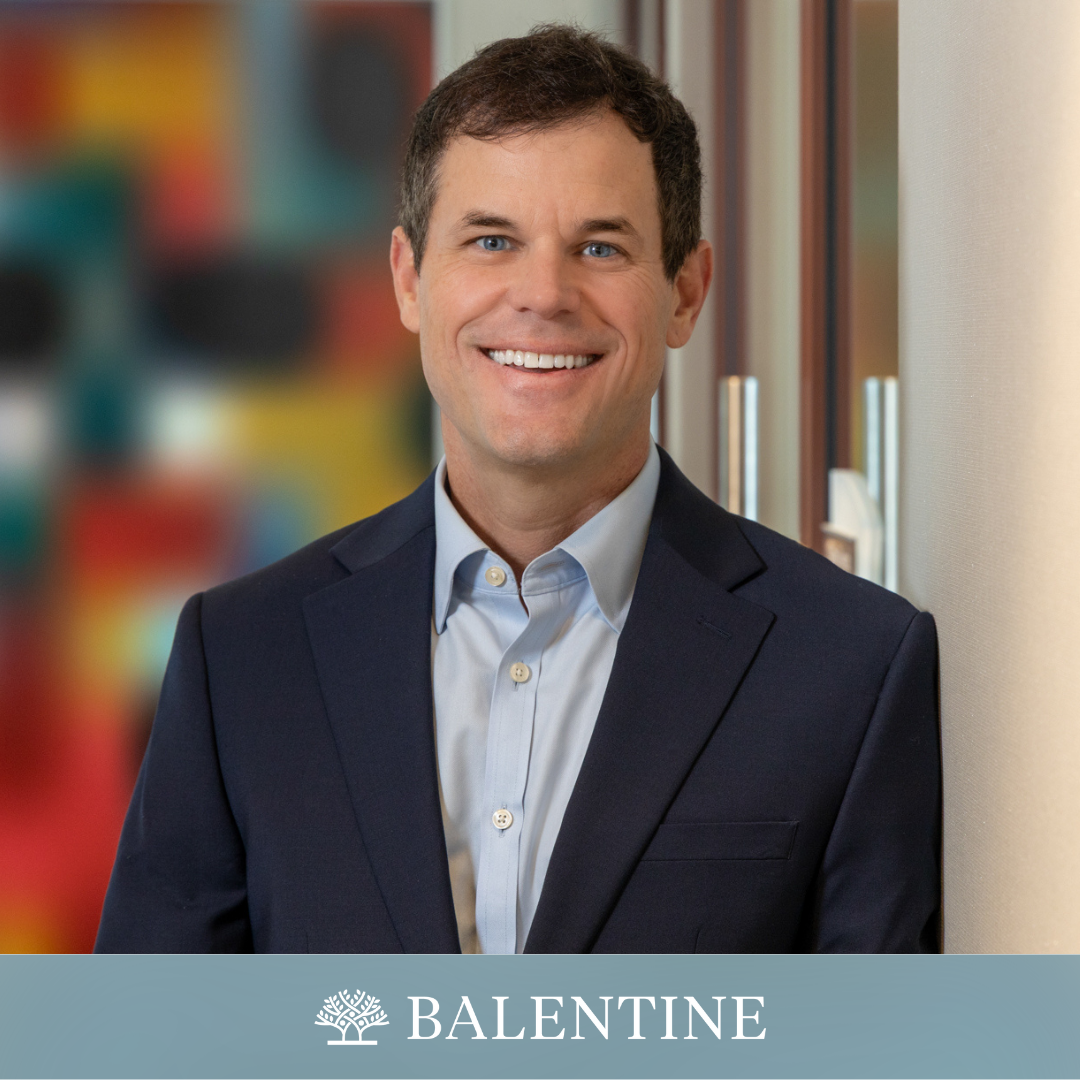Top of Mind - August

Since ChatGPT was released by OpenAI in November 2022, Artificial Intelligence (AI) has been a mainstay in media headlines. The platform, which draws upon the vast information available on the internet to generate responses to written inquiries, understands human language[1], allowing it to source information and format it into an easily understood framework within seconds.
Companies are moving quickly to integrate generative AI into their service offerings. Microsoft created a chatbot for search engine Bing with OpenAI’s Chat GPT; Google launched its own chatbot, Bard; and Meta released the unpopular BlenderBot.[2] Others, from startup founders to Elon Musk[3], are creating their own AI companies to capitalize on this new technology.
But not everyone is a fan. In an open letter published by the Center for AI Safety, hundreds of scientists and technology executives — including some from Google, Meta, Microsoft, and OpenAI — assert that “mitigating the risk of extinction from AI should be a global priority alongside other societal-scale risks such as pandemics and nuclear war.”[4] ChatGPT has already been banned by some schools - and even some countries.[5] In July, the Federal Trade Commission (FTC) announced an investigation into the harms caused by ChatGPT when inaccurate personal information is propagated by the technology.[6]
Given the hype, our clients are increasingly asking for our thoughts on AI and whether we would consider increasing portfolio exposure to what could, or could not, be the next thing. Let’s take a closer look.
A History of Innovation
Societal, industrial, and technological advancement is the fabric of American culture. Capitalism inspires entrepreneurialism, and history is replete with the ghosts of can’t-miss business ideas following seismic innovation. When modernization strikes, a flood of associated companies generally follows. The challenge for investors is discerning the potential winners from the potential losers.
Consider the automobile industry. In 1908, soon after the development of automobile technology, there were 253 active automobile manufacturers. By 1929, there were only 44 companies, with the “Big Three” – Ford, General Motors, and Chrysler – dominating about 80 percent of the industry. And by 1936, the Big Three claimed 90 percent of the American market.[7] Had someone invested in Ford in 1908, they would have enjoyed life-altering returns on their investment thirty years later; however, how could they have known Ford would be in the one percent of companies that survived?
Gold rushes still exist, though they look much different in the modern era. We saw this excitement in the 1990s with the internet and more recently with cryptocurrency. Bitcoin launched in 2009, introducing a currency free from central bank regulation and offering increased transparency, security, and accessibility with blockchain technology.[8] By March 2023, there were nearly 23,000 cryptocurrency platforms. Already, some platforms have risen to take more market share than others. Of the $1.18 trillion market cap at the time of publishing,[9] Bitcoin and Ethereum held approximately 80%, with the remaining 20% held by the remaining crypto platforms. In the years between 2009-2023, the odds of selecting one of the top two cryptocurrency companies would have been 2 in 23,000.
We’re seeing a similar gold rush in AI today – and with countless companies utilizing this technology, it can be incredibly difficult to know which ones will rise to the top over time.
Does Balentine have AI exposure?
Balentine’s investment methodology in public markets is guided by an unemotional, data-driven process. As professional wealth managers, we don’t chase the latest and greatest ideas. Instead, we rely on models which analyze data over long periods of time and multiple market cycles.
Our approach can be thought of as investing in neighborhoods versus individual houses within neighborhoods. We are not concerned with identifying a single stock that should benefit from innovation; rather, our models detect areas of the market that are demonstrating outperformance as measured by momentum.
An efficient way to attain diversification in investment neighborhoods is through Exchange Traded Fund (ETF) investing. Balentine has utilized actively managed ETF strategies for decades. Right now, given a sizable position in U.S. Large Cap Growth (VUG), we have direct exposure to 17 Quantum Computing and Artificial Intelligence companies also found in QTUM, an ETF which focuses on QuantumComputing and AI.
Figure 1 shows that without jumping on bandwagons or abandoning our time-tested process, 14.3% of our Large Cap Growth exposure is now focused on companies at the forefront of machine learning, quantum computing, cloud computing, and other transformative computing technologies.
Figure 1

In Closing
While we haven’t determined who will be the winners and the losers in the wake of this latest technological revolution, our process enables our portfolios to benefit from AI enthusiasm — however long it lasts.
Thank you for taking the time to read this monthly update. My team and I are always available and happy to answer questions as they arise. Please do not hesitate to reach out.
[1] ChatGPT: Everything you need to know about OpenAI’s GPT-4 tool (BBC)
[2] A curious person’s guide to artificial intelligence (The Washington Post)
[3] Elon Musk announces a new AI company (CNN Business)
[4] Statement on AI Risk(Center for AI Safety)
[5] BBC
[6] ChatGPT Comes Under Investigation by Federal Trade Commission (The Wall Street Journal)
[7] Automobile History (History.com)
[9] Today’s Cryptocurrency Prices by Market Cap (CoinMarketCap)
Browse our collection of resources from trusted thought leaders.
Balentine experts offer their authentic take on the latest financial topics, including our exclusive market publications, news, community events, and more.
%20(1).png)
.png)
.png)
.png)


%20(1).png)